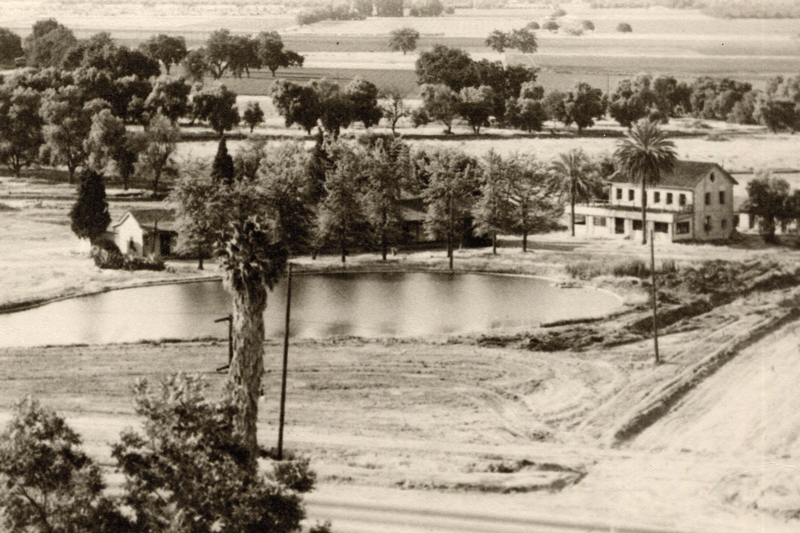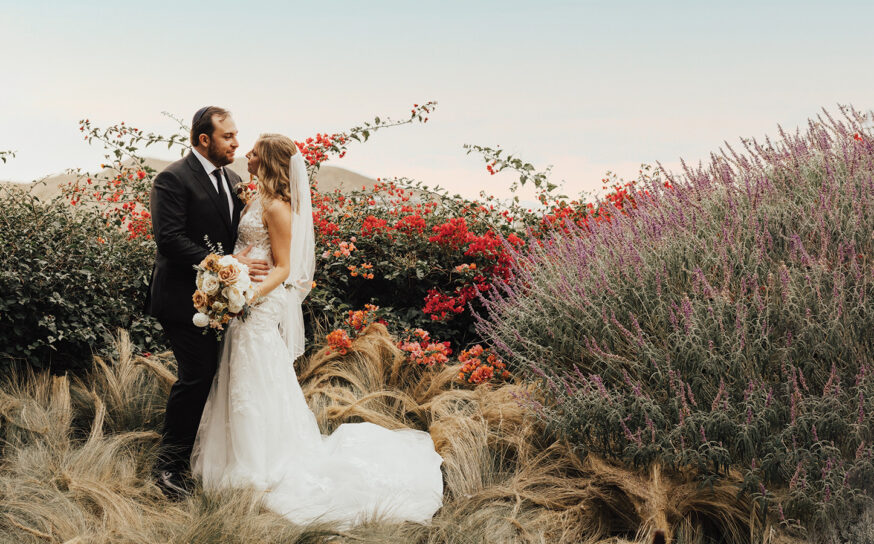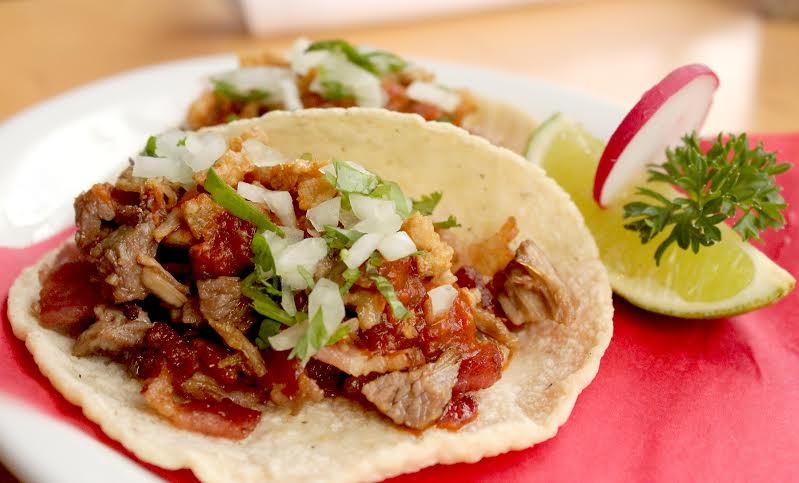
Last Parcel Standing
This 1945 photograph documents a property known as “The Rancho” that at one time sprawled across most of modern-day Encino. The road in the foreground is Ventura Boulevard.
-
CategoryPeople
PHOTOGRAPH COURTESY OF LOS ENCINOS DOCENT ASSOCIATION
This 1945 photograph documents a property known as “The Rancho” that at one time sprawled across most of modern-day Encino. The road in the foreground is Ventura Boulevard.
Until the late 19th century, the property was the hub of human habitation in the Valley.
Because of the natural spring, Tongva Indians lived at the site of the park for hundreds of years. The water from the spring was reputed to be so sweet that animals would come for miles to drink from it.
The property passed through many hands—going from Indian to Mission to Californio (Spanish term for a descendant of a person of Spanish ancestry who was born in California) to French and Basque control. It was sold to two Basque brothers in 1869 and one of them built the two-story limestone farmhouse or “adobe” that still stands today.
The land changed hands three times in the following 20 years and was eventually acquired by Dominique Amestoy in 1889. The fields were used for wheat farming, as was most of the Valley, after Isaac Newton Van Nuys introduced dryland farming there. In 1916, the Amestoy family sold off 1,170 acres that would become the community of Encino—further subdividing the ranchlands.
At one point, the adobe was to be torn down and the land used as commercial property. Concerned neighbors led a successful fight to save it and the spring, which were both purchased by the State of California in 1949. That last intact parcel of The Rancho can be enjoyed today at the Los Encinos State Historic Park, where the spring now feeds a duck pond.
Architect May Sung Comes to The Rescue on a Studio City Reno Gone Wild
In the right hands…finally!











